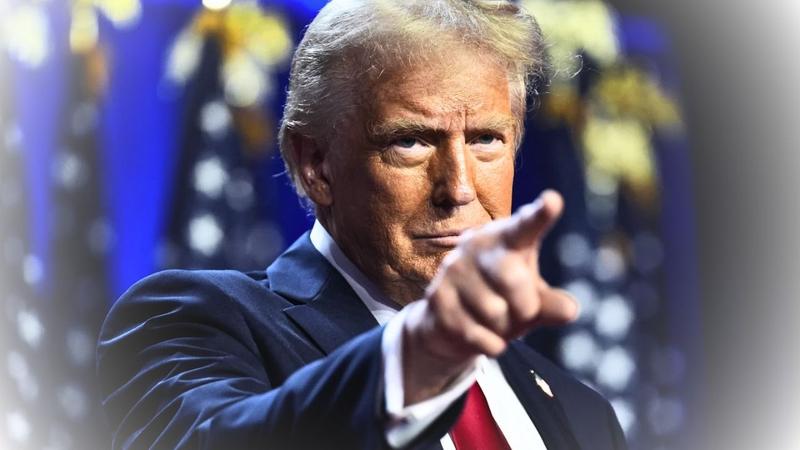Published 15:05 IST, November 7th 2024
China wields weak hand in Trump’s Trade War II
Trump has threatened to raise tariffs on all Chinese exports to 60%.

Brace for impact. “To me, the most beautiful word in the dictionary is tariff,” Donald Trump said in an interview last month at the Economic Club of Chicago, adding, “it’s my favourite word.”
Now that he is U.S. president-elect, that word will be on the tip of the tongue of every Chinese official gathered in Beijing this week to hammer out a strategy for boosting sluggish growth in the $18 trillion economy. They will have to account for the possibility of Trump making good on his vow to slap a 60% tariff on all exports from the People’s Republic.
Whether China’s leaders take that threat at face value or as a negotiating tactic is unclear; state media have been unusually quiet in the run-up to this U.S. election. But think tanks in the People’s Republic warn Trump will be far more difficult to negotiate with than during the previous trade war. That’s a fair assessment.
Perhaps the single greatest factor weakening China’s hand is its failure to honour a promise to buy an extra $200 billion in American goods and services, per the terms of the “Phase One” agreement which ended tit-for-tat tariff hikes in January 2020 in the first Sino-American trade war. It means any fresh pledges Beijing makes to Washington to de-escalate the conflict will carry less weight.
China is also more vulnerable than before thanks to President Xi Jinping’s decision to double down on export-reliant industrial policy to make up for chronically weak domestic consumption. If its exporters redirect goods to other markets in Europe and Asia to compensate for the loss, those countries could double down on raising their own levies in self-defence. China’s overall share of global trade may finally stop growing, or significantly shrink.

Nor can Beijing match Washington in terms of the potential economic damage from new tariffs. The U.S. remains China’s single biggest foreign market with exports of more than $500 billion last year, about triple the value of Chinese imports from the United States, according to customs data. If Trump's proposed levy materialises, it could essentially halve China’s 5% GDP growth rate within 12 months, economists at UBS have warned.
There is also less space for China’s central bank to use renminbi depreciation to soften the blow. Citi analysts estimate the yuan could tumble almost 12% from its current level against the dollar on the impact of a 60% tariff and in the absence of any response from Beijing. Any further monetary easing to support growth would risk stoking more outflows and run counter to Xi’s desire for a strong currency.
This may all sound outlandishly apocalyptic, and for now Chinese onshore stock indices including the CSI 300 are yet to plummet. But analysts said much the same about the prospect of the first trade war, right up until Trump’s opening salvo.
Context News
Donald Trump was elected president of the United States on Nov. 6, four years after he was voted out of the White House. He has threatened to raise tariffs on all Chinese exports to 60%. Trump secured more than the 270 Electoral College votes needed to win the presidency, Edison Research projected.
Updated 15:05 IST, November 7th 2024
